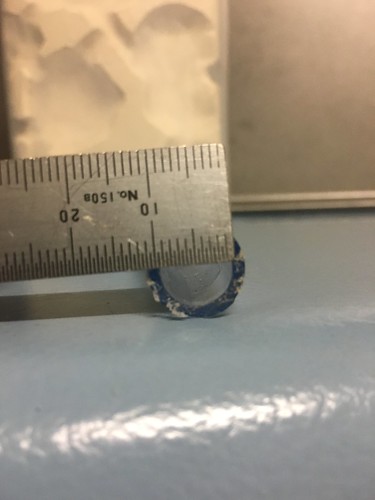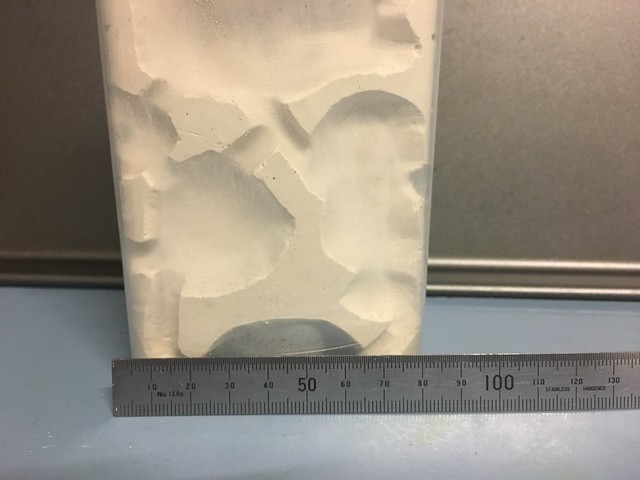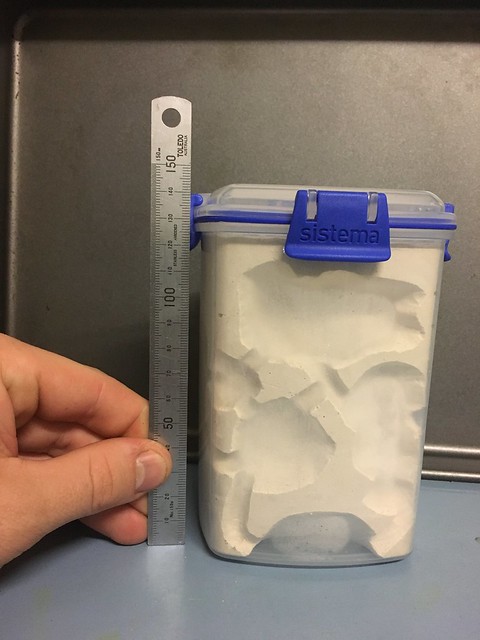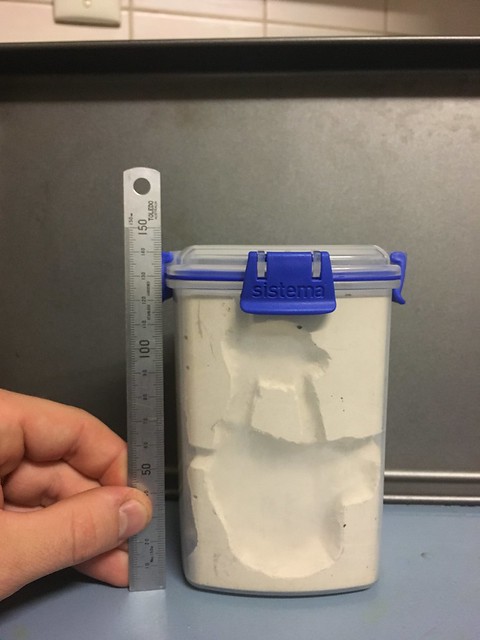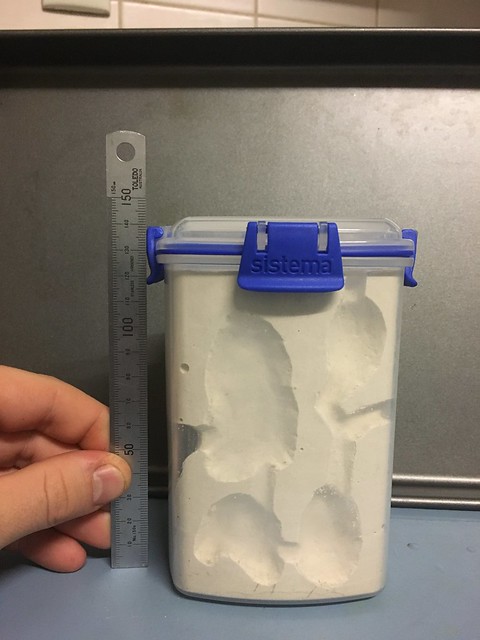Hey guys! As the title says this was my first attempt at making a formicarium. I havent read much on them except needing humidity etc (gotta work out how to do that). Also unsure what species i could keep in this? I don't even have ants yet so am a verrrry long time off needing to use it.
Where do i need to add ventilation? How do I keep moisture levels right etc? It's plaster of paris. The hole in the side is for the hose which will go to the out world. I think i'll need to cut a patch out of the lid to put a mesh vent hole in?
It has a lot of condensation in the pictures - that goes away when i leave the lid off (no hole cut yet) and the plaster isn't fully dried out yet i believe, being so solid a chunk.
Cheers! Critique away..And yes..i am aware i did it sideways with the chamber shapes ![]()
